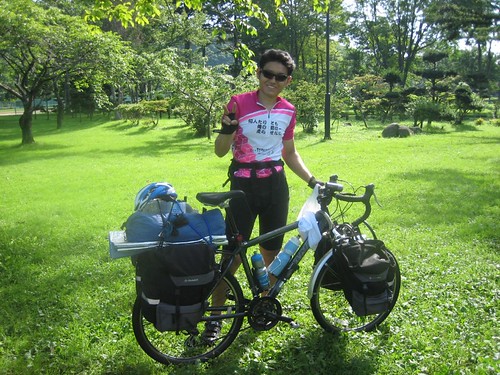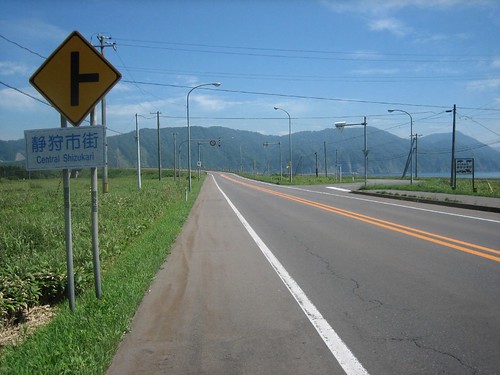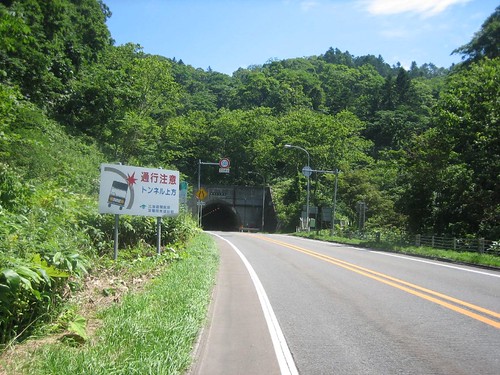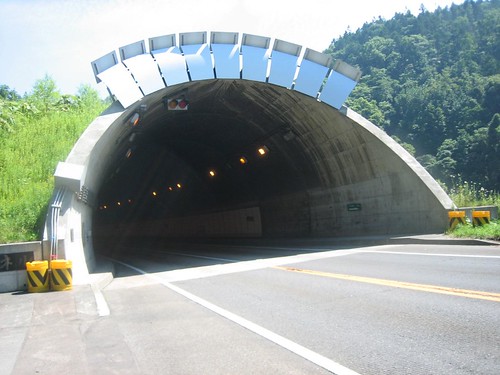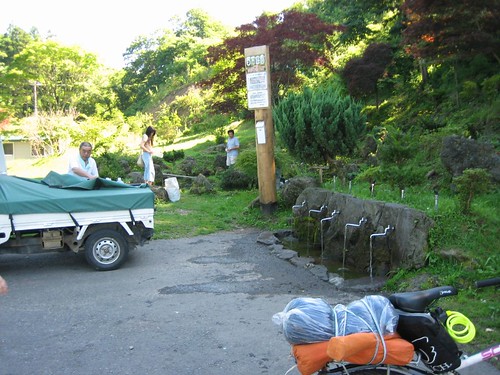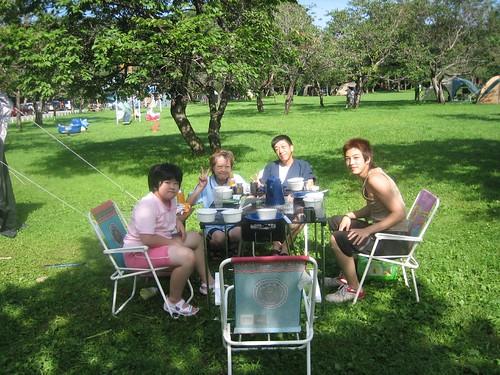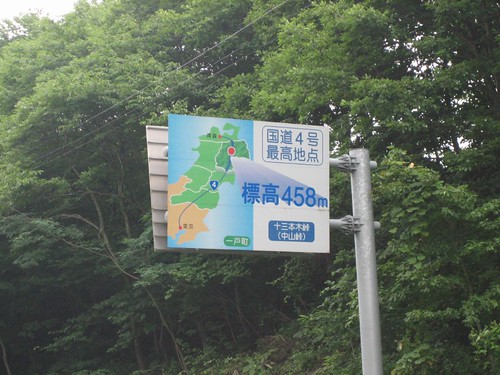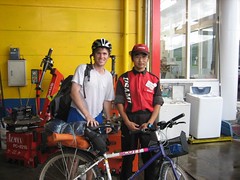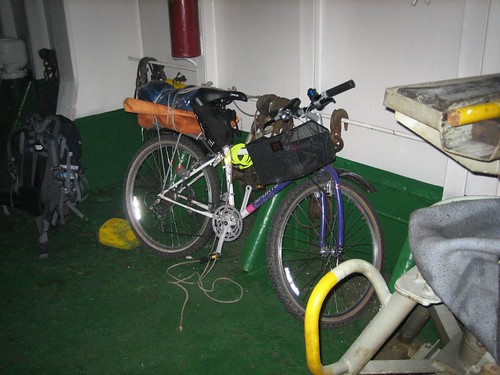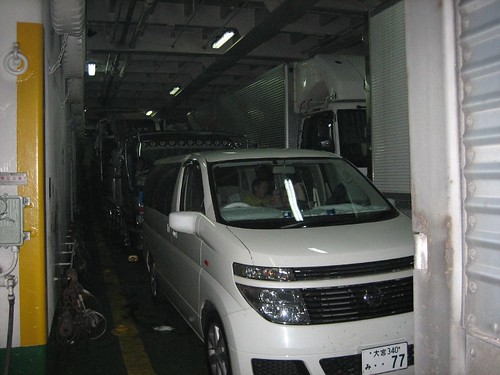---------------------------------------------
Here is what I did for the task:
A. Pre-Task: (Preparation for the Main Task)
Step 1. Students were given page 1 of the following document. In the document the world is divided into 11 regions. It asks students "if the world only had 100 $1 bills, how many dollar bills would be in each region? " The teacher explains in English to students what they should do.
Step 2. Students individually write the number of dollar bills that each region should have. (5 minutes)
B. Main Task
Step 4. Students compare their answers with a partner and agree on how much dollar bills should be in each region They do this in English. (7 minutes) . The outcome of this task is a completed chart whose figures both students can agree on.
C. Post-Task
Step 5. The teachers calls an pairs to give their answers and ask why they gave such answers. (5 minutes).
I knew that step 4 would be very difficult for students to do, so I had them watch the below video of me and a colleague doing the same task before doing pair work.
For the first group of 87 students, we had little time to do the task but for the second group we had more time and also the number of students, 29, was much fewer so I was actually able to help students that were in trouble. Anyway, after the task I asked students to write whether they strongly agreed, agreed, disagreed or strongly disagreed with the below statement. I was interested in learning why students were either able or not able to interact with each other in English for the Main Task (Step 4).
I talked to my partner about how many dollar bills should be in each region.
In the second group, 45 students wrote that they either strongly agreed or agreed while 35 wrote that they strongly disagreed or disagreed. You can see all the data here. I was surprised that so many students were able to do the task successfully.
I then asked students to give reasons why they agreed or disagreed. I organized the responses into categories. Below are the categories, the number of responses that fell within a category, and a description of the category.
Effort (10 responses): Respondents communicated meaning by any means possible: gestures, words etc.
Fun (2 responses) : The activity was fun and the respondents wanted to participate
Knowledge (11 responses) : Respondents were able to use the English that they knew.
Motivation (3 responses) : Respondents had a strong desire to speak in English
Pre-task (13 responses) : The video demonstration of the task was helpful
Teacher (4 responses) : The teacher's explanation was easy to understand or the teacher helped individual students
Japanese (1 response): Respondents used Japanese to complete the task.
Categories for Responses of Students who were not able to communicate in English
Attitude (1 response): Respondents were not positive about engaging in the task.
Cannot understand the activity(19 responses): Respondents did not understand the English directions, the activity was generally too difficult, they had no idea what to do, or the chart was confusing.
Knowledge・ability (8 responses): Respondents felt that they lacked specific knowledge or ability to do the task
Performance Anxiety(9 Responses): Respondents were embarrassed about speaking English or just shy in general, they did not know how they should speak during the speaking activity.
My Analysis
The Successful Students
Students who successfully communicated with a classmate to fill out a chart were able to do so because they did not feel much anxiety, had a good working relationship with their partner, communicated their thoughts by any means possible, were able to use the English knowledge that they had, or took advantage of the video demonstration to help them do the task. These students were able to accomplish the task with their friends, using clues, relying on their own knowledge or communicative strategies. In other words, these students found a way to get the job done by themselves in a variety of manners rather than relying on ad nauseum explanations from the teacher. I think that an effective task enables students to use the knowledge that they already have but also try to experiment and use new language like the language that they saw from the video. It is ideal for students to be interested in the task, have enough confidence in their English ability to use it, have a good working relationship with their peers, and be willing to use communicative strategies.
The Unsuccessful Students
Most students reported that they were unable to do the task because they were lost from the beginning. Students also reported that they were not successful because they lacked the abiltiy to do the task or felt nervous or awkward using English with a peer. It was my impression that many of the unsuccessful students froze and felt very anxious from the beginning. They felt awkward asking for help or asking their peers what they should do. In the second group, I was able to help some students who were in trouble and they were able to complete the task. In the group of 87 students, I was too overwhelmed.
Many of the students wrote that they were not used to this kind of activity and I believe that a lot of students who have been able to do a similar task if given the opportunity to try again. Usually, the first time you try a new activity with students, many do no understand what is going on. When they have the opportunity to try the task again, though, they usually do much better the second time. Thus, I think that experiencing success can help relieve students of the anxiety and stress they feel when doing tasks that require them to follow directions in English and work with a peer in English.
Concerning group work and pair work, I think that the teacher has to a little careful in putting students with peers who they will be comfortable working with or whose diverse abilities or personalities would make the group dynamic and exciting.
When I teach my class in the junior high school next week I have decided that I am going to take my time introducing the task and making sure that students understand what they are supposed to be doing. Last week, I rushed through the task because it was just supposed to occupy the last few minutes of a lecture. I think that if I do not hurry learners they will do better and be able to overcome the anxiety they feel.
Lastly, a lot of students answered "I just didn't know how I should speak English" during the communicative activity even though I showed them the video beforehand. I think that many students are not familiar with using communicative strategies. so, when I teach at the jr. high school next week one of my goals will be to help students learn communicative strategies.
